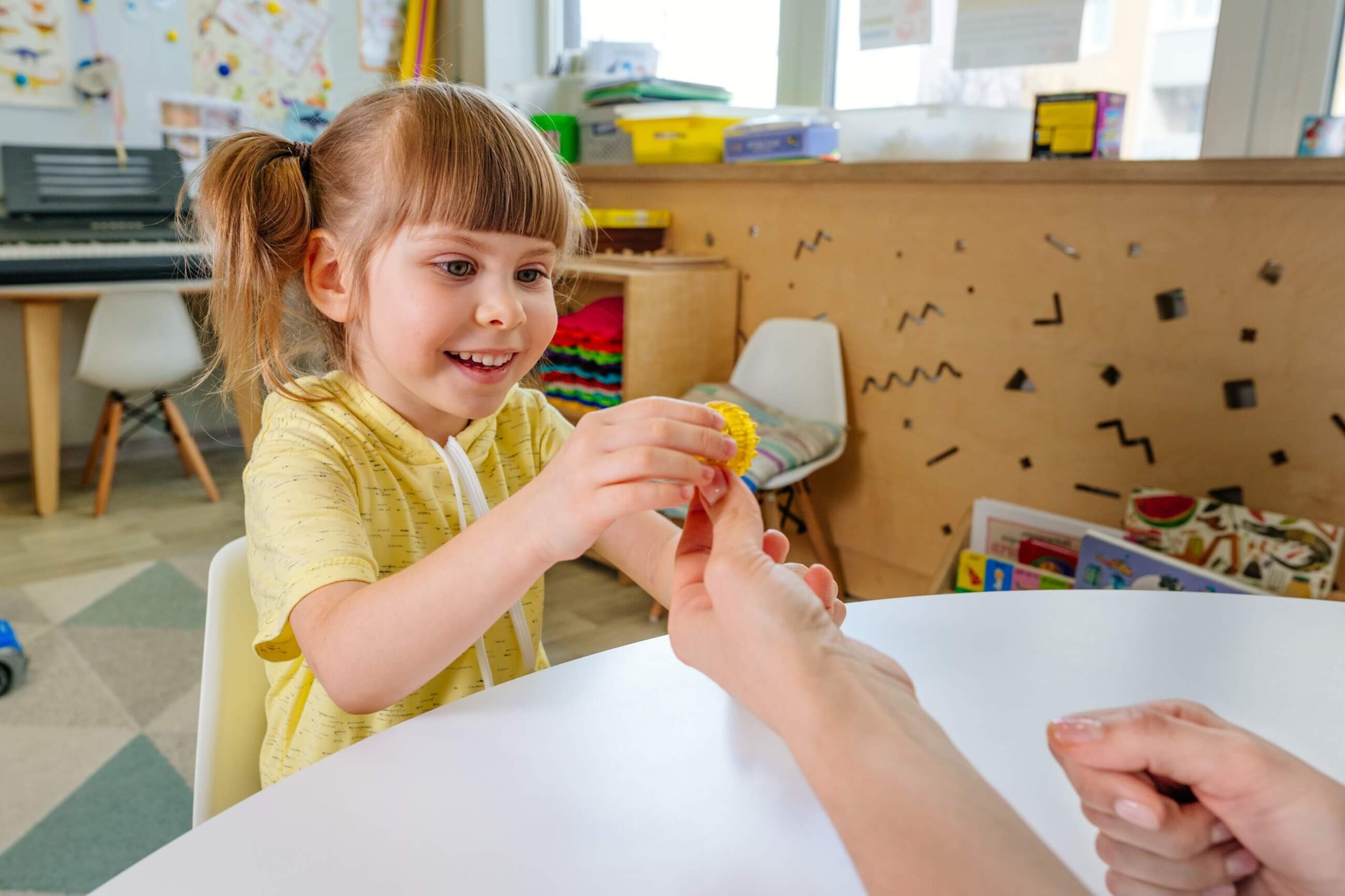Common ABA Therapy Techniques Explained
ABA therapy uses evidence-based strategies to help individuals improve specific behaviors and build helpful life skills. These techniques are structured, goal-oriented, and adaptable to people of all ages and ability levels. In this blog, we’ll explore some of the most common ABA therapy techniques and how they help shape positive behavior in everyday life.

ABA Therapy and Positive Reinforcement
One of the most widely used ABA therapy techniques is positive reinforcement. This method involves providing a reward when a person performs a desired behavior. The goal is to increase the chances of that behavior happening again. Rewards can be anything motivating—such as praise, a small treat, or extra playtime.
For example, if a child finishes their homework without reminders, they might earn screen time or a favorite toy. Over time, the child associates that good behavior with positive outcomes.
Prompting and Fading in ABA Therapy
Prompting is when a therapist provides guidance to help someone complete a task, and fading is the gradual reduction of that help. In ABA therapy, prompts can be physical (like hand-over-hand support), verbal (giving instructions), or visual (using charts or pictures).
Therapists reduce prompts gradually as the individual gains confidence, guiding them toward completing the skill independently. This approach builds lasting habits and promotes self-reliance.

Task Analysis in ABA Therapy
Task analysis is the process of breaking a complex skill into smaller, teachable steps. ABA therapy often uses this technique to teach daily living skills like brushing teeth, tying shoes, or preparing simple meals.
Each step is taught in sequence, and the individual is supported through every part until they can complete the full task on their own. This method builds confidence and reduces frustration.
Generalization and Maintenance in ABA Therapy
ABA therapy focuses not only on learning a skill but also on using it in real-world situations. Generalization means the person can use the skill in different places and with different people. Maintenance means they can continue using the skill over time—even after therapy ends.
Therapists include both goals in every plan to ensure progress is long-lasting and valuable across all settings.
The Role of Data Collection in ABA Therapy
Ready to Explore ABA Therapy?
If you’re considering ABA therapy for yourself or someone you love, we’re here to help. Our team uses proven, flexible techniques to support individual needs and goals. Contact us to learn how we can help. Check out our Innovation Behavior Services blog for more helpful resources and insights. Let’s take the next step together.
